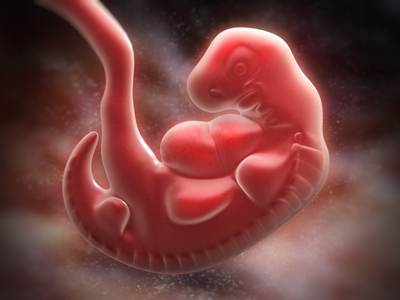
Unit 2 - Genetics
This GCSE Biology quiz is all about genetics, the study of variation and inheritance. Genetics can also mean the genetic properties, characteristics or features of an organism. The rules of genetics were first worked out by Gregor Mendel in 1866 from studies of pea plants. He discovered that genetic particles (heredity units), which we now call genes, determine the features of the offspring. Later, with the discovery of DNA, we began to understand genetics much better.
Different versions of the same gene found on a pair of chromosomes in the nucleus of a cell are called alleles. These can determine features such as eye colour. Mendel recognised that there were dominant and recessive forms of these alleles. He also realised that genes are passed on from both parents and that recombination of genes during fertilisation is a random event. This means that every person on the Earth (other than identical twins who came from the same egg cell) has a unique set of genes. This can be analysed to provide a genetic fingerprint which looks a bit like a bar code!
For the exams, it is important to know the relationship of chromosomes and genes. Chromosomes are made from long strands of DNA (deoxyribonucleic acid). Genes are small sections of the chromosomes. But what exactly do genes do? In short, they are 'instructions' for making proteins. Some of them make structural proteins whilst others make enzymes, which are very complex protein molecules that act as catalysts for many chemical reactions in the body.
Certain diseases are caused by the inheritance of faulty genes that are passed on to offspring from their parents. Two of the ones that are usually used in exam questions are cyctic fibrosis and Huntington's disease. When one or both of the parents are carriers of the faulty gene, genetics can show how likely it will be that their children will have the disease.
Do you know the difference between genes, chromosomes and DNA? Were you aware that your gender is an inheritance from your father - even if you are female? Try this quiz and refresh your memory on the subject of genetics.
Ready for more?
not all...
quizzers. Try to win a coveted spot on our Hall of Fame Page.







